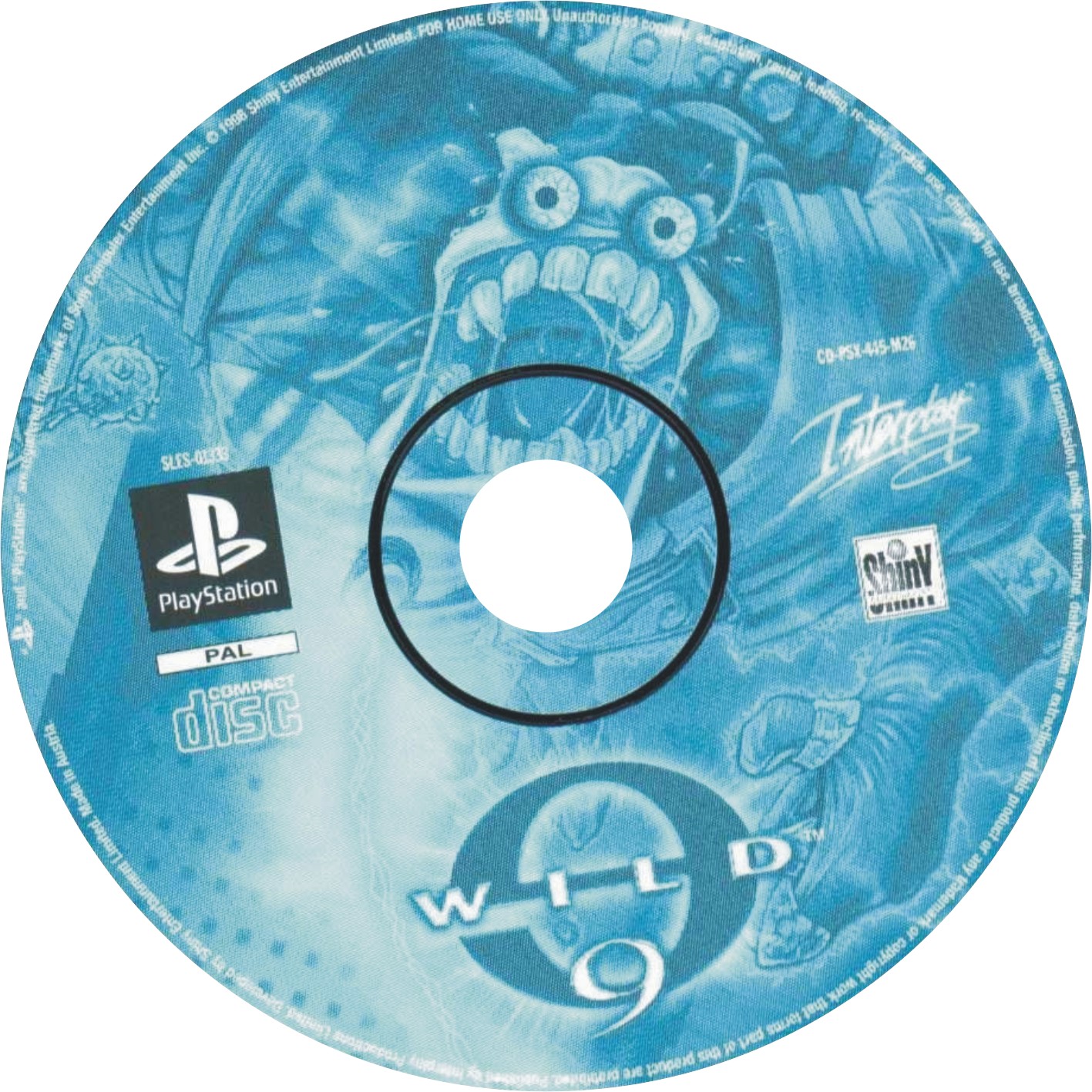

Although the RNA binding activity was weakly reduced by the 5KA mutation, the pull-down assay showed that RIG-I-5KA mutant bound to dsRNA ( Figure S3B). The activations of wild-type and mutant RIG-I were correlated with its polyubiquitination ( Figure S3A). Unlike wild-type RIG-I, Riplet expression failed to activate the RIG-I-5KA mutant protein ( Figure 5C). The deletion of the Riplet RING finger domain, which is the catalytic domain of ubiquitin ligase, abolished RIG-I activation ( Figure 5D). In the Riplet −/− cell line, RIG-I was not activated by HCV RNA stimulation, and Riplet expression led to the activation of wild-type RIG-I ( Figure 5C). Mutations in the human Riplet/RNF135 gene cause the overgrowth syndrome ( These mice displayed no apparent abnormalities up to 7 months of age.

The mutant mice were born at the Mendelian ratio from Riplet+/− parents ( Figure 1D), and they developed and bred normally. Riplet mRNA expression was abolished in Riplet −/− cells ( Figures 1E and 1F), and the knockout of Riplet did not affect the expression of other genes, such as RIG-I, MDA5, IPS-1, TICAM-1, TLR3, and TRIM25, which are involved in type I IFN production ( Figure 1F). We confirmed the target disruption of Riplet without deletion outside the targeted region ( Figure 1C, and see Figures S1A and S1B available online). To investigate the role of Riplet in vivo, we generated Riplet-deficient ( Riplet −/−) mice by homologous recombination of embryonic stem cells (ESCs) ( Figure 1B). However, the functional role of Riplet in vivo remains unclear.

Previously, we have shown that Riplet is a positive regulator for RIG-I-mediated signaling, and it mediates Lys63-linked polyubiquitination of RIG-I. These data indicate that Riplet is essential for regulating RIG-I-mediated innate immune response against RNA virus infection in vivo. Riplet deficiency abolished RIG-I activation during RNA virus infection, and the mutant mice were more susceptible to vesicular stomatitis virus infection than wild-type mice. However, Riplet was dispensable for the production of IFN in response to B-DNA and DNA virus infection. Fibroblasts, macrophages, and conventional dendritic cells from Riplet-deficient animals were defective for the production of IFN and other cytokines in response to infection with several RNA viruses. To examine the importance of Riplet in vivo, we generated Riplet-deficient mice. RIG-I is regulated by Lys63-linked polyubiquitination, and three E3 ubiquitin ligases, RNF125, TRIM25, and Riplet, are reported to target RIG-I for ubiquitination. RNA virus infection is recognized by the RIG-I-like receptors RIG-I and MDA5, which induce antiviral responses including the production of type I interferons (IFNs) and proinflammatory cytokines.


 0 kommentar(er)
0 kommentar(er)
